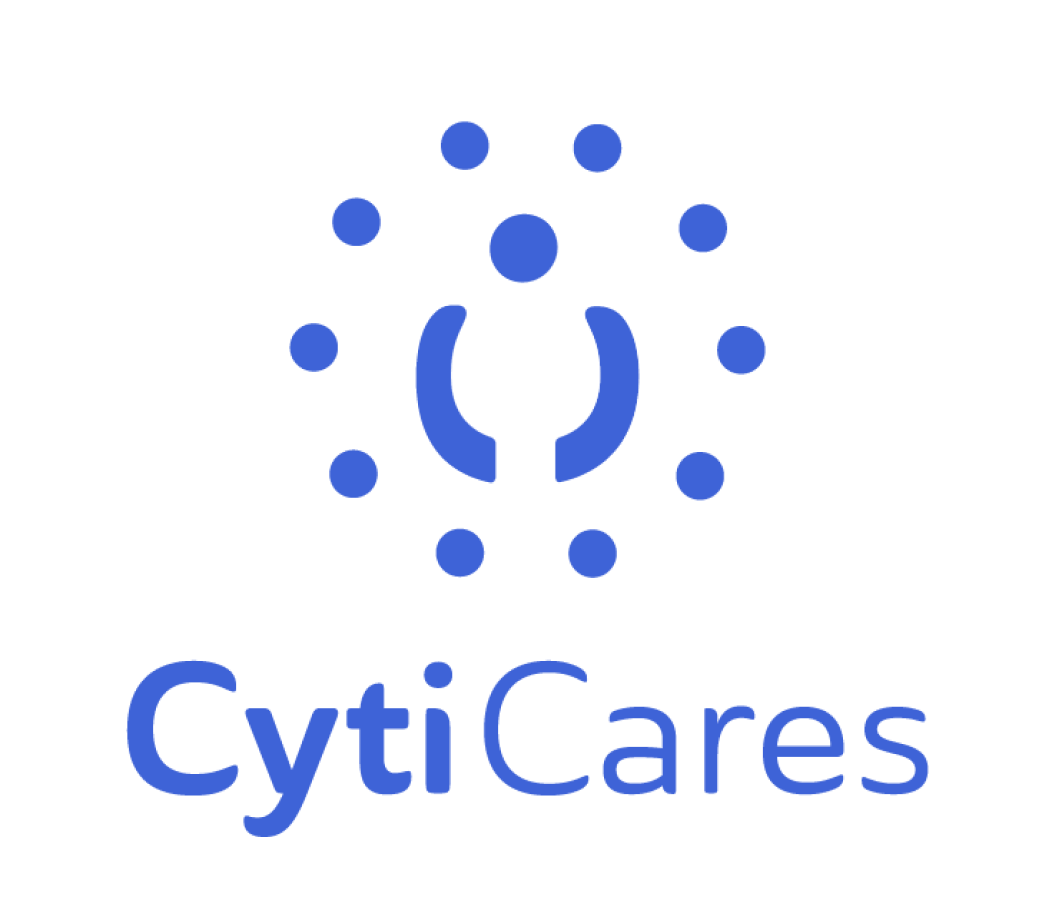Most people experience some form of trauma at least once in their lives. While some people carry trauma with them for years or even decades after their childhood, others can recover within a matter of months. With the right help and support, almost everyone can recover from trauma and get back to their regular lives and start to work on how trauma has affected their brain.
When people think about trauma, they tend to imagine a life-threatening event that totally changed someone’s life. But this isn’t strictly true. While trauma certainly can be caused by such a serious occurrence, it can also be the result of anything that causes someone to feel hurt, disregarded, injured, unloved, unnurtured, or unwanted.
The most important thing to remember about trauma is that we are all capable of healing from it with the right guidance. It doesn’t matter whether the trauma was caused by childhood neglect you experienced 30 years ago or a physical attack you encountered yesterday. You can heal and return to your old life.
PTSD without knowing >>
What about PTSD?
PTSD (Post Traumatic Stress Disorder) is a mental health disorder that becomes apparent after someone experiences or witnesses a trauma. Not all traumatic events result in PTSD. The condition is defined by a set list of criteria, including recurring dreams, avoiding things to do with the event, and being startled easily.
The main characteristic that defines PTSD is how long it lasts. After a terrifying event, it’s common to experience traumatic stress symptoms for some weeks. When symptoms last for more than one month, the diagnosis is more likely to be PTSD than traumatic stress.
But even if you’ve been diagnosed with PTSD, you can still enjoy a full recovery with the right therapeutic support.
CBT
Research has shown that CBT (Cognitive Behavioral Therapy) is an effective way to treat both traumatic stress and PTSD. This type of therapy works by helping you understand and manage the fear and anxiety you feel as a result of the traumatic event.
People experiencing trauma reported a 60-80% reduction in PTSD symptoms after attending CBT. The treatment was especially powerful for rape survivors.
CBT has even been shown to be effective for treating combat veterans who have experienced PTSD following repeated, chronic exposure to terrible events. Although it wasn’t quite as successful as it was in civilian populations, CBT still gave veterans moderate relief.
How it works
When used to treat trauma or PTSD, CBT focuses on the notion that problems arise because of the way in which people evaluate and interpret thoughts, feelings, and situations. It also looks that the problematic ways in which these evaluations and interpretations make people behave and act.
Psychodynamic therapy
Psychodynamic therapy is also used to treat trauma and PTSD. This method focuses on three primary factors which may cause or influence trauma symptoms:
- Unconscious coping mechanisms to protect from thoughts and feelings resulting from a traumatic event
- Early childhood experiences
- Current relationships
How it works
This form of therapy focuses on the unconscious mind, where upsetting thoughts, feelings, and urges that you find too painful to deal with directly are stored. Although you may not be aware of your thoughts, feelings, and urges, they still influence your behavior.
For example, the unconscious feelings you hold onto may prevent you from starting a new romantic relationship for fear of those painful feelings making another appearance. This is just one example where feelings, thoughts, and actions are intertwined.
This is how trauma focused care works >>
Eye movement desensitization and reprocessing
Eye movement desensitization and reprocessing (EMDR) is particularly effective if you can’t fully recall what happened to you during the traumatic event. By using sound alongside a back-and-forth movement, this form of therapy helps you remember what took place.
EMDR works on the idea that trauma symptoms are caused by past disturbing experiences which continue to cause further distress because the initial memory was never fully processed. The unprocessed memory contains many thoughts, emotions, beliefs, and physical sensations you experienced at the time of the event.
When the memories are triggered, the disturbing elements you’ve been storing are experienced and result in symptoms of trauma and PTSD.
How it works
When an initial target memory is identified, your therapist will encourage you to explore the memory while taking note of various movements and sounds to reduce any anxiety. After this stage, you’ll discuss your experience with your therapist. This will help them determine if you continue to associate that specific memory with a stress response.
It’s not forever
CBT, psychodynamic therapy, and EMDR are just three forms of therapy that will help you recover from traumatic stress or PTSD. By understanding what triggers your symptoms and understanding what causes them, you can develop effective techniques to help you cope.
After the right treatment, some patients experiencing trauma or PTSD, report their symptoms remaining dormant for decades.
Don’t suffer in silence
If you’re experiencing symptoms of trauma or PTSD that are interfering with your everyday life, you’re not alone. Around 70% of adults in the US have experienced a traumatic event at least once in their lives. This means that many people need trauma therapy but most people aren’t getting it. No matter how long ago the traumatic event happened or how bad your symptoms are, we can help you cope and improve your quality of life.
We have a team of therapists trained to help people like you who’ve experienced all different kinds of trauma. By talking your experience through with a professional, they’ll be able to help you develop the skills you need to manage your symptoms through PTSD counseling.
You don’t have to live the rest of your life this way. You can get back to how you used to feel. Get in touch today to schedule an appointment with one of our trauma therapists.








